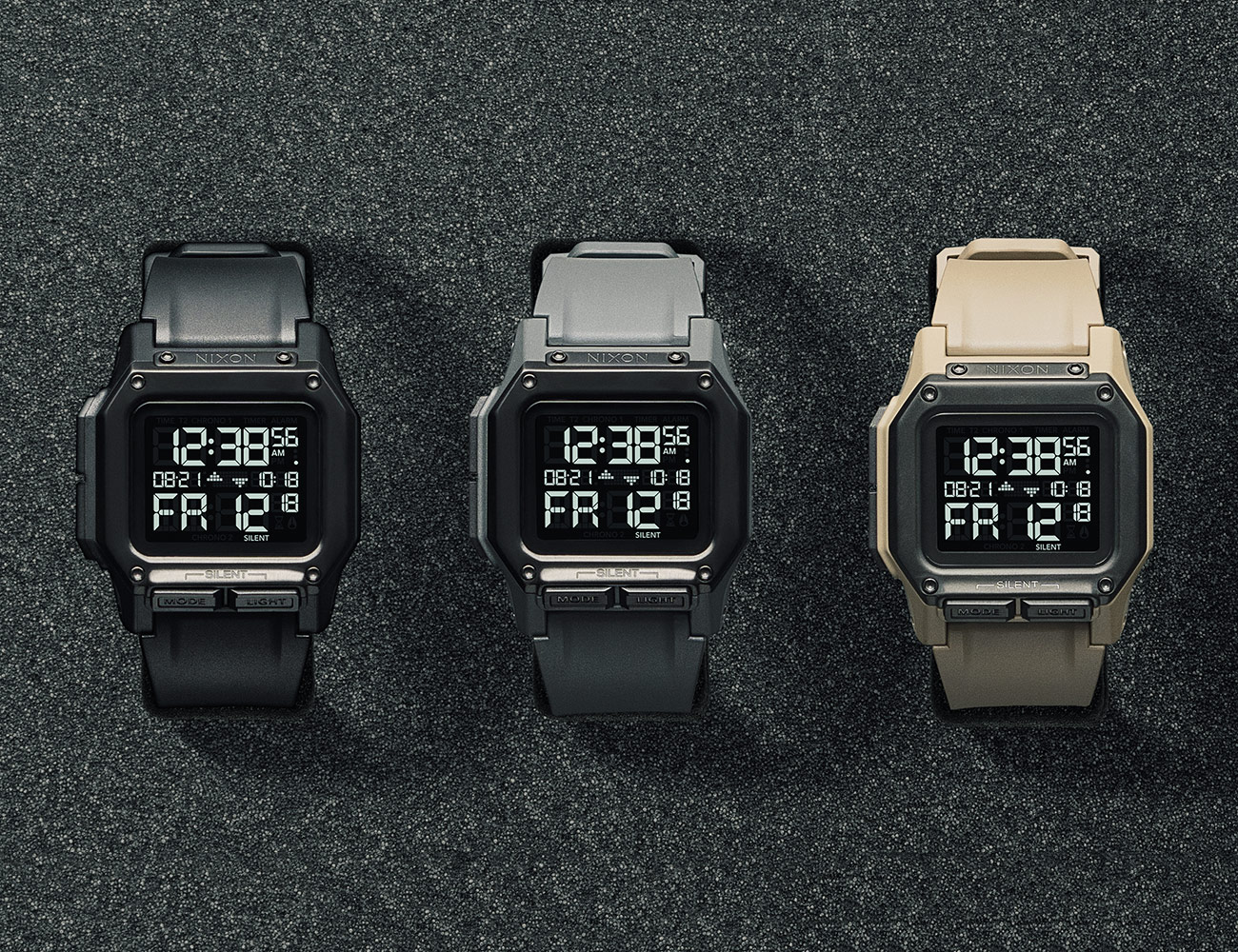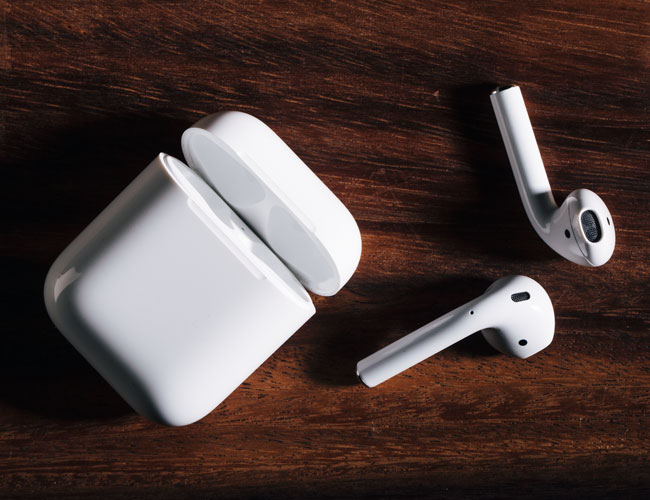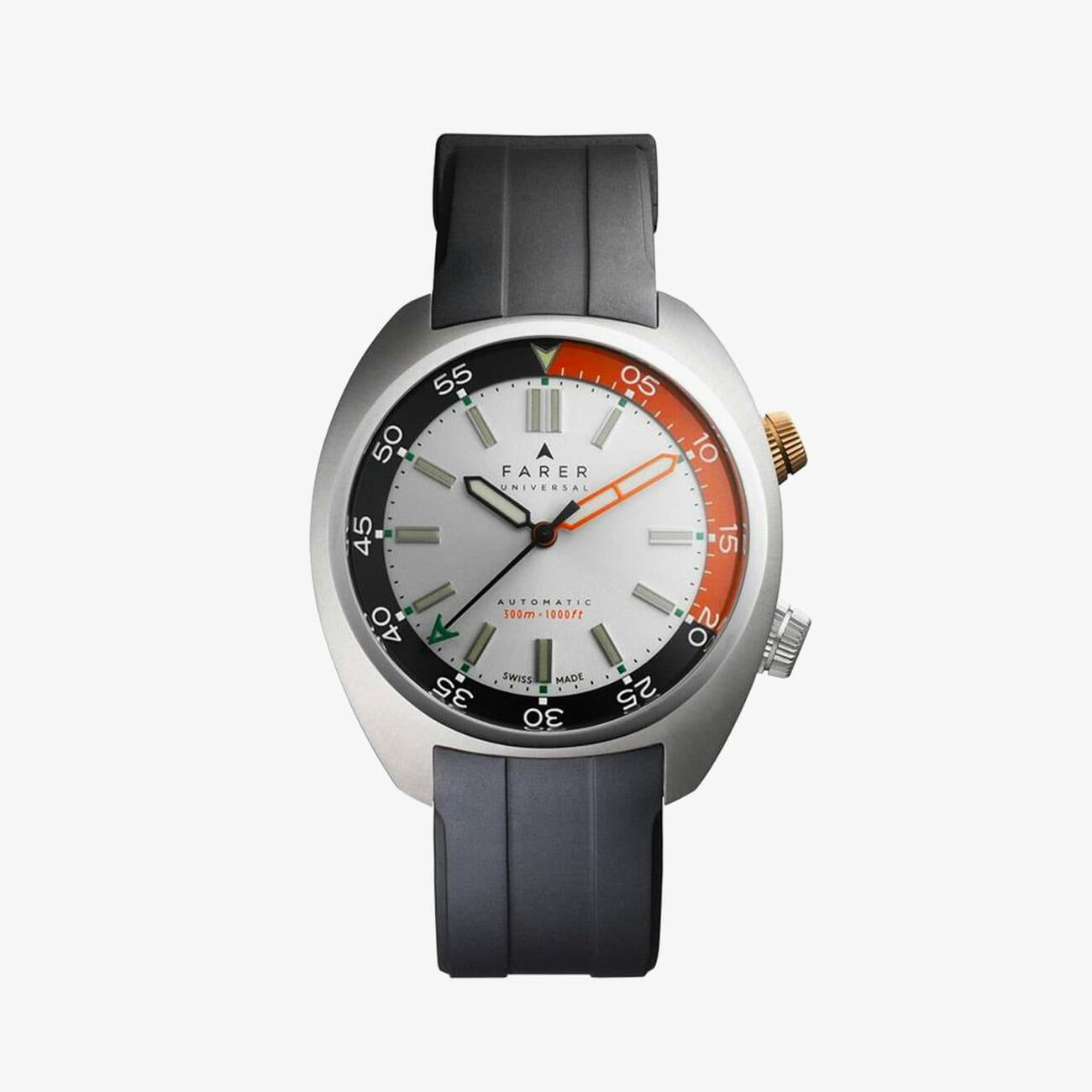T
he Los Angeles River has long been a punchline, proof of its city’s stereotypes. It is a post-apocalyptic aquatic freeway, a greenish tributary slicing through the city’s sprawl, a nature area hopelessly juxtaposed with the urban. It is most famous not for its waters, but for its role as the site of a pivotal drag race in Grease. Its banks, once rocky and wild, were surgically encased in concrete in 1938, embodying L.A.’s reputation for false vanity; its flow never wanders far from an automobile on its 51-mile path, which crawls under the congestion of nine different major freeways.
Yet today, the river is enjoying a golden moment. It is open to the public for recreation. Iconic architect Frank Gehry is helming a revitalization that could cost billions of dollars. L.A.’s 2024 Olympic bid even includes renderings of a sparkling blue flow serpentining through the city.
But the journey to its present, near-idyllic state wasn’t easy. To get here, the river followed a narrative arc worthy of Hollywood, with all the key players: an out-of-touch governmental agency, a whistleblower’s bold move and an unlikely hero’s ad hoc, bootleg journey.
In 2008, Heather Wylie was a young, idealistic biologist, craving a chance to make a real impact. But, instead of changing the world, she sat mired inside a governmental agency she claims was neglecting public interest. A fiery, sharp-tongued contrarian, Wylie offers bold proclamations and researched facts in equal doses when she speaks, without ever seeming to pause for air. In interviews, she avoids small talk and propels into meaty conversation unprompted, often surging forward for 10 minutes without even a question lobbed her way. Wylie embodies her role of whistleblower and never hesitates to defend the L.A. River when the opportunity arrives. “I didn’t care if I lost [my job],” Wylie said. “I just wanted to stay there long enough to get the things I wanted.”

The Los Angeles River Watershed.
In 2004, she arrived from college at the Army Corps of Engineers as a biologist, thinking she would be tasked with enforcing the Clean Water Act for Southern California waterways. By 2008, Wylie said her bosses Aaron Allen and David Castanon hampered much of her original enthusiasm and, in one instance, barred her from a project in San Luis Obispo due to her repeated concerns that a proposed development would destroy vernal pools. She was amply fed up. Then, in March, Wylie came upon a classified memo from Allen, preparing to issue a decision that would likely strip Clean Water Act protections from the L.A. River’s tributaries and 870-square-mile watershed, leaving the river open to unpenalized pollution and ecosystem-damaging development. Allen’s memo was the result of what the Army Corps calls a “jurisdictional determination” — a ruling on a waterway under their purview, resulting from an outside inquiry. In this instance, an area rancher named Wayne Fishback was petitioning the Corps for approval to fill in a seasonal L.A. River stream on his property in the Santa Susana Mountains, north of Chatsworth. In order to build a road on the tributary, Fishback needed, and was poised to receive, the removal of Clean Water Act protections. This decision, critics argued, would set a dangerous pro-development precedent for the L.A. River.
Wylie was well versed in the way this process played out: the Corps made a ruling on a waterway in their control, like the L.A. River, and sent a draft of their decision to the EPA. The EPA, Wylie said, would typically raise concerns about environmental impacts and give robust but largely ignored feedback on the project before it would move forward, unimpeded. To note, the Army Corps processes about 60,000 permits per year, but the EPA has only exercised their veto power 14 times since the passage of the Clean Water Act in 1972. (The Army Corps couldn’t provide figures comparing the EPA’s feedback for the less-formal jurisdictional determination process, but said it is also “relatively rare” that the EPA overrides a decision.)
“At the end of the day, EPA Region 9 bends over and takes it from the Army Corps and does nothing, and the Army Corps knows that’s exactly what’s going to happen,” Wylie said. “People are used to coming to the Army Corps and getting their ‘Destroy the River and Wetlands Permit’ rubber-stamped,” she added. “I knew the EPA would do nothing about it unless we stepped up and made them.” The EPA, which operates on allocations from the federal government, must be realistic in picking their battles. “They can only use their political capital on so many things,” Wylie said. The Clean Water Act is an area that she says is particularly prone to “regulatory capture” — the idea that any group created in the public interest will eventually serve to advance the commercial or political vision of special interest groups instead.
The L.A. River is an enigma, sitting in plain view, but hardly touched. It is a post-apocalyptic aquatic freeway, a greenish tributary slicing through the city’s sprawl, a nature area hopelessly juxtaposed with the urban.
So, in an attempt to stop the rancher — and other, future, more environmentally damaging developments — Wylie went public. She leaked the Army Corps’ memo to a bevy of top environmental law firms and Congressman Henry Waxman, who almost immediately opened a Congressional inquiry that forced the Corps into publicized, transparent proceedings. “If the EPA takes no action, then the Corps determination will go into effect,” Waxman wrote in a letter to EPA head Stephen L. Johnson in 2008. “There is no doubt that you have the authority to block the determination of the Corps.” Still, despite public outrage, the Corps soldiered on with their plan to deregulate part of the river. They hoped to do so under the protection of a 2006 Supreme Court ruling called Rapanos v. United States.
In Rapanos, the court narrowly held that a tributary or wetland must share a significant nexus with a “navigable-in-fact” waterway (one on which a boat can be piloted) for the Clean Water Act to protect it from pollution. “As absurd as it is, your right to have clean water is hooked to how navigable waterways are defined,” Wylie said. “Having someone demonstrate that [the L.A. River] is boatable means it would fit within the bounds of the Clean Water Act.” The Corps planned to declare only four miles of the L.A. River as navigable, leaving the surrounding 47 miles of flow, and the entire watershed, susceptible to pollution. “Presently, the occasional use of kayaks and/or canoes on other reaches of the river are sporadic and do not support any associated commerce (in addition to being illegal),” read the leaked memo signed by Aaron Allen, which was preliminary and had not yet received EPA feedback. “Finally, the capacity [for the river] to provide navigation at some point in the future is highly doubtful given the river’s configuration, hydrology and fundamental use as a flood control channel,” he concluded. (In a phone call about this story, Allen stressed the narrow nature of the memo, adding that it was only a determination for the tributary on Wayne Fishback’s property, and saying, “There is nothing in the memo that says [the L.A. River] is not a navigable water, which is what is regulated under the Clean Water Act.”)
The L.A. River would be one of the first waterways to set precedent following the Rapanos ruling. “If the Corps of Engineers applies a similar approach to other rivers, protections against water pollution that are now taken for granted could be seriously eroded throughout the nation,” Waxman wrote in his 2008 letter to the EPA. Whether the Corps implementation was nefarious, as Wylie characterizes it, or dutiful, as Allen does, the river’s future clearly depended on its ability to float a boat. If someone could publicly kayak the entire river, Wylie thought, it would definitively and blatantly prove that it was “navigable.” It would see no development in the watershed, no filling up of tributaries, no unpenalized pollution.
In a determined fervor, she sought a solution on the then-nascent video platform, YouTube. “All night long, I combed through anything I could find,” Wylie said. She eventually stumbled upon a video from a man named George Wolfe, a New England-born L.A. transplant who ran a satirical website called lalatimes.com. Wolfe had previously made a comedy clip for the website that depicted him kayaking down a portion of the river to avoid rush-hour traffic. “I literally became George’s stalker,” Wylie said. “I found him and his wife and they were willing to do the trip.”
Wolfe, his wife, and a handful of other activists aimed to kayak all 51 miles of the river in three days, in a manner secret enough to avoid authorities, but still well documented so as to definitively prove navigability to the Army Corps.
Wolfe has an Oberlin pedigree, which he credits for his appetite to think against the grain, and a long, knowledgeable history of boating, making him an ideal fit for this endeavor. In person, he is effusive, waving around his lanky arms as he speaks and wearing a warm smile with a mischievous bend. He has a subversiveness that feels contagious; it’s easy to see how he recruited partners for his illegal journey. “You have to have a little bit of a rabble-rouser in you to do a trip like this,” Wolfe told me. His trip in 2008 was logistically complicated, with Wolfe, his wife, and a handful of other activists aiming to kayak all 51 miles of the river in three days, in a manner secret enough to avoid authorities, but still well documented enough to definitively prove navigability to the Army Corps. “This was a wonderful coming together of elements of intrigue, adventure, and an edge of illicitness,” Wolfe said. “[The river] was literally unknown to us.”
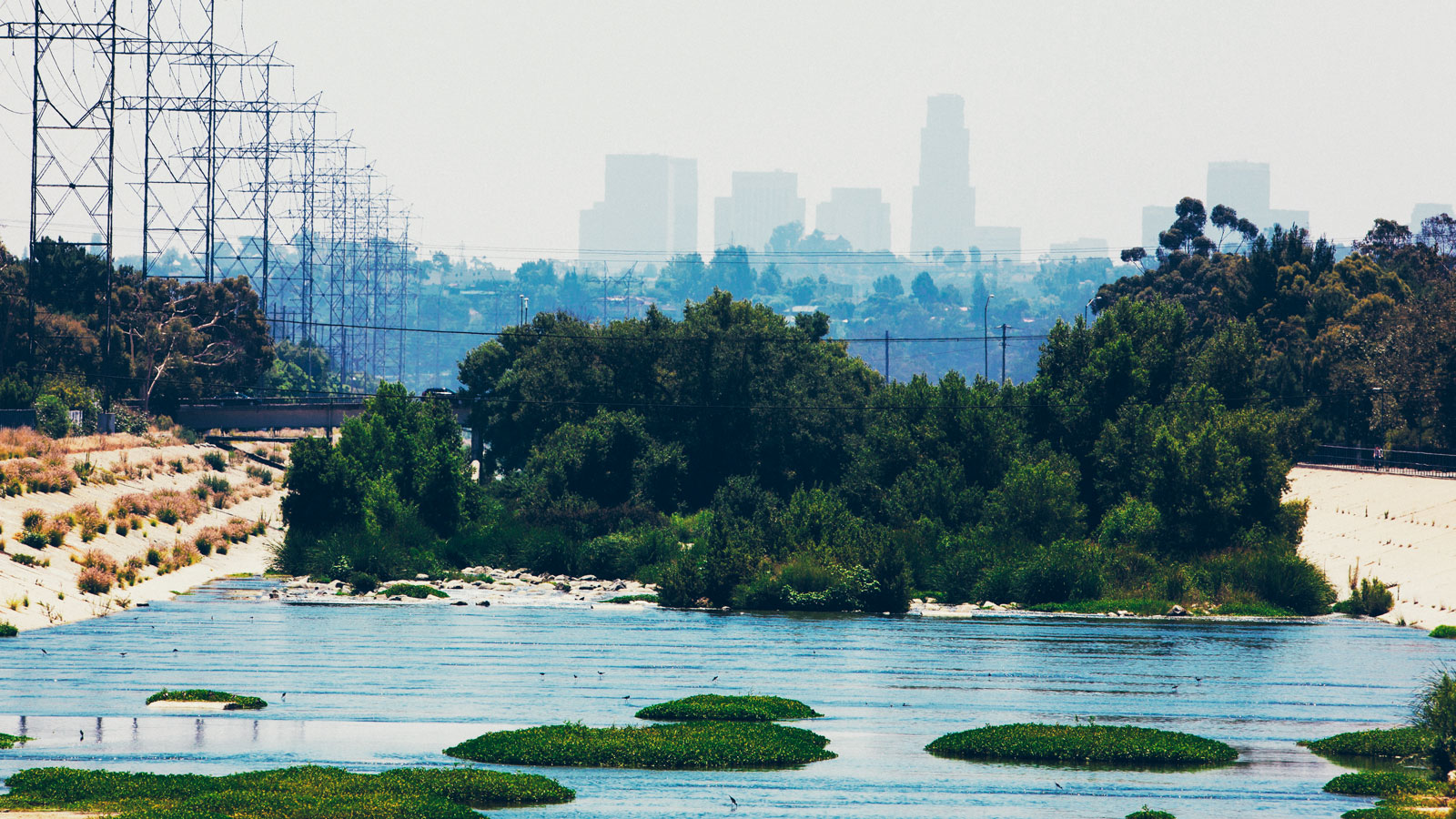
The enigmatic river with which Wolfe longed to commune gave birth to modern Los Angeles in the 1700s, bringing fresh water from the San Gabriel Mountains into the pueblos and missions near present-day Downtown. Its flow was fickle, creating numerous catastrophic floods throughout history, including those that killed 85 people between 1933 and 1938. This prompted city leaders to scrap a series of proposed riverside parks at the height of the Depression and instead commission the Army Corps of Engineers to cast the river’s banks in concrete and seal it off with chain-link fencing.
Today the river’s flow is mostly treated industrial and residential water, originating from the Owens and Colorado Rivers before passing through homes and various reclamation plants. A facility like Tillman Water Reclamation Plant in Van Nuys takes about a day to process water, and the river flows visibly stronger on weekday afternoons, as local residents have settled into their consistent weekday routines of showering and cooking. The reclaimed water is relatively clean, but the river turns brown the moment rain hits, releasing trash, oil and other urban detritus from nearby roads into the hemmed-in channel and shooting it along at 45 miles per hour. Even on the driest days, the river trickles 30 million gallons of water to the ocean, which is equivalent to the needs for the entire city of Long Beach.
The river is colossal in size, but insignificant in scope; in plain view, but hardly touched. This, more or less, is how the L.A. River stood for decades, and was how Wolfe and Wylie found it when they set off on their clandestine journey.
The crew started deep in the San Fernando Valley, just past the trickling confluence of Calabasas and Bell Creeks, where the river still has a soft bottom. When I met Wolfe, almost exactly seven years after his journey, at the former drop-in point — a smoothly flowing stretch of water hidden underneath a bridge — Wolfe waxed nostalgic and talked like a dreamer, invoking names like Joseph Campbell and John Wesley Powell. He recalled the trepidation that came with the trip. “It was a modern-day quest,” Wolfe said about his 51-mile journey. “It’s really rare — the sheer boyish adventure of it. How many times do you get a chance to take back a river?”
Kayaking any river presents its challenges, and L.A.’s is — save the pun — shallowness. The waterway ranges from ankle-deep to thigh-deep and begs a boater to bottom out at any moment.
Wolfe and his core contingent of 11 other paddlers, including Wylie for parts, were utterly unaware of the terrain around each bend. Save for a cursory glance at some satellite images, they uncovered the river without context and engaged with relatively-untrodden nature in one of the busiest metropolitan areas in the world. For three straight days, the crew set off in the mornings and pulled out at nightfall, staying in the backyards of houses near the river they had arranged ahead of time. They usually moved in a tight pack to avoid attracting attention from passing motorists, though they did have multiple run-ins with police. One memorable dust-up featured a police helicopter hovering low over the waterway, a voice squawking from the loudspeaker, “Get out of the river, now!” Wolfe had a pair of novelty handcuffs at the ready, prepared to link himself to his kayak if necessary. Wylie was poised to fight a war of words, arguing that Article 10 of the California Constitution guaranteed the public’s access to waterways. The group had no permits to kayak, of course, but a film permit did, at one point, inexplicably satisfy the authorities, who let them carry on. Ultimately, the river spat Wolfe and crew into the Port of Long Beach, where they finished their epic paddle in the shadow of ocean liners and cargo ships. “We were in these little toy boats…then there was the Queen Mary — this giant boat,” Wolfe remembered. “It was fitting that this was our take-out spot. The macro and the micro. The confluence of these two entities.”
Their toiling three-day journey left no doubt in their minds. “We publicly, boldly displayed that [the L.A. river] is navigable,” Wolfe said. “There was a lot of power in that.”
Wolfe, acting on advice from environmental lawyers and Heather Wylie, immediately reported to the EPA the details of his journey. Then came two years of waiting and bureaucratic wrangling. In 2010, the EPA officially declared the river as navigable-in-fact, keeping it and its surrounding watershed entirely protected by the Clean Water Act. “We want the L.A. River to demonstrate how urban waterways across the country can serve as assets in building stronger neighborhoods,” EPA administrator Lisa Jackson said at the press conference to announce the ruling. According to Wolfe, the EPA internally acknowledged his kayak journey as proof of the river’s viability. “Our trip sort of spun a whole positive chain of events around the L.A. River,” Wylie said. “There’s been so much more public involvement since our trip. People are a lot more engaged with the river and I don’t think any of that would have happened without us drawing attention to the river.”
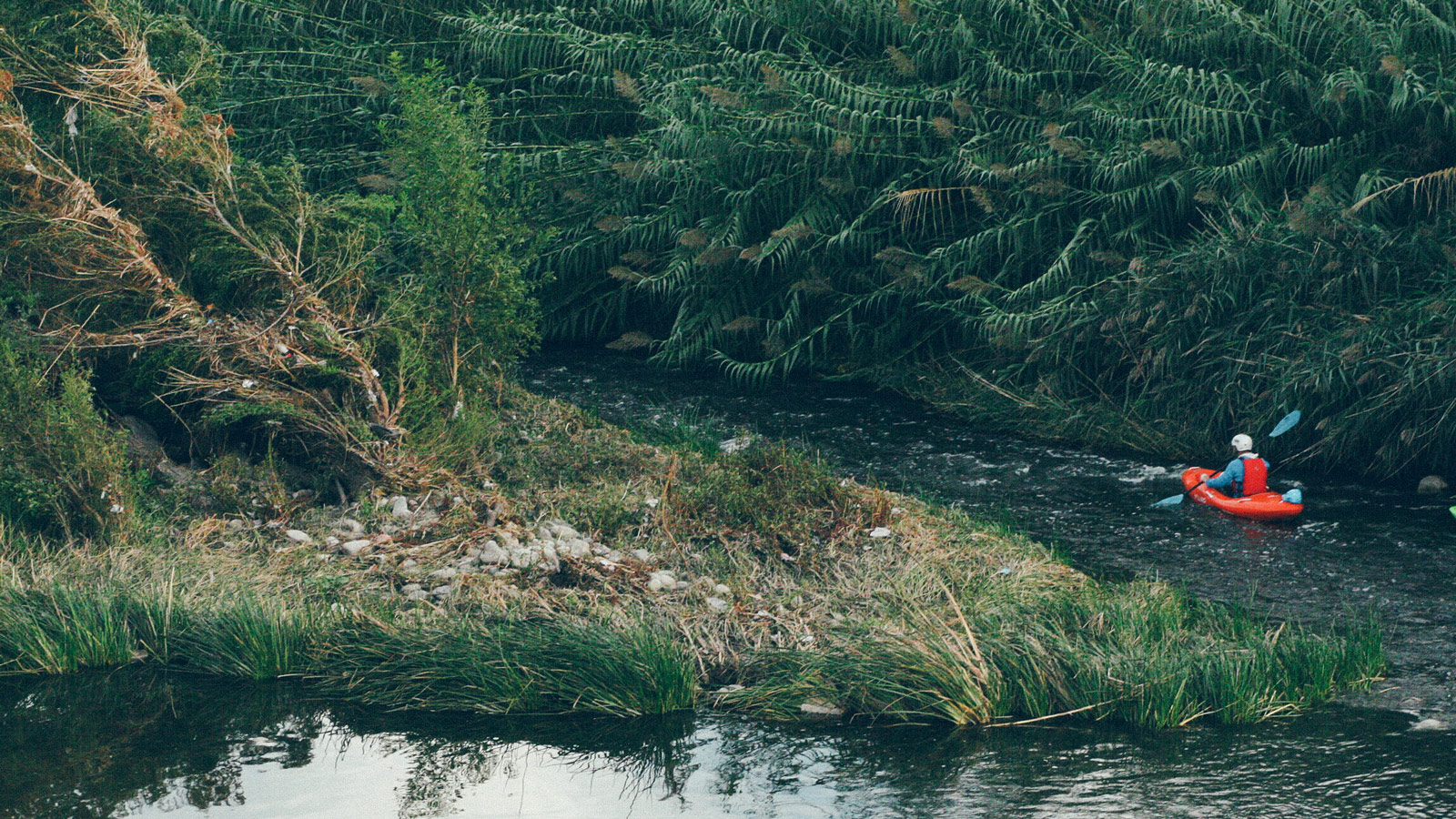
Since the decision in 2010, the L.A. River has seen some recent improvements, with 30 connected miles of revamped bike paths and a handful of small “pocket parks” now lining the banks. Still, the master plan for revitalizing the river remains unclear, and many groups around L.A. are loudly expressing their thoughts. Despite the noise, one voice rises above: Frank Gehry. The 86-year-old renowned architect has assembled a team and partnered with L.A. River Revitalization Corp (LARRC) to build a plan for revamping the channel. Gehry is currently “getting smart on the river,” the LAARC says, working pro bono to gather data on its hydrology and ecology (one recent task includes mapping the riverbed using 3D imaging from a Google car).
Gehry’s team is also building a case to the public and legislators for investment in the river, coalescing its benefit to arts, lifestyle, health, public transport, and the environment into one easily digestible, grand vision. “Part of our goal right now is to not predetermine what it needs to look like; it’s to understand what its purpose needs to be,” Anand Devarajan, one of Gehry’s partners in the project, told me over the phone. “We can draw all the pretty pictures we want; if we don’t actually have a methodology to fund and build them, it’s kind of pointless,” added colleague Tensho Takemori.
The master plan for revitalizing the river remains unclear and many groups around L.A. are loudly expressing their thoughts. Despite the noise, one voice rises above: Frank Gehry.
The river’s final vision, which Gehry’s team imagines as a series of public works projects mixed with private money, will have to go through plenty of red tape: 15 different cities, plus the Department of Water and Power and the Army Corps of Engineers, have some stake in the outcome. “The most amazing part about hanging out with Frank in his studio is that he really is one of the most comfortable people at sitting with hard questions,” LARRC communications director Eli Kaufman told me. “When most of us are desperate to figure out the answers, he really thrives in the discomfort of not knowing.”
Gehry’s embrace of the unknown is welcome, because the river’s direction is still a mystery. Will it ever be swimmable? Will its revitalization really cost around $1.2 billion, as the L.A. Times reported in March? Is it feasible to remove the unnatural concrete and restore the original ecosystem of the river? All undetermined.
There are some smart thoughts percolating, though. Artist Lauren Bon received private funding for a water wheel that will reuse water from the river to irrigate nearby urban farms. The LARRC has been having conversations about erecting inflatable dams in the dry season to pool and repurpose water. At some points on the river’s path, LARRC found, there is an opportunity to drive water into thirsty aquifers, recharging them during California’s ongoing drought. “Because of the drought, I think the public conversation has reached a tipping point,” Takemori said.
Still, the water composition is “fuzzy math,” according to Gehry’s team, and they’re in the throes of figuring out just how to adequately reuse the 30 million gallons that flow through the river on even its driest days. “Right now, we’re doing nothing. Literally nothing,” Kaufman said, referencing the community’s years of ignorance around the river. “In this four-year drought, it’s not optional. Figuring out the L.A. River is integral to our health, vibrancy and resilience. If we don’t figure out our water needs…” he trailed off.
I board my own kayak on a warm September day at a flowing, bushy section of the river known as the Glendale Narrows. My partners are Steve Appleton, an artist and activist who runs a touring company called L.A. River Kayak Safari, and a smattering of other civic-minded L.A. Residents. Though kayaking is allowed on the river today, the specter of Wolfe’s civil disobedience seems to hang in the air: onlookers gawk and bikers double-take. We paddle in a concrete canyon, underneath Camrys and Range Rovers, alongside illustrious graffiti murals, between invasive palms. It all feels absurd and distinctly unique, a hyperbole of the urban adventuring trend. One member of our troupe remarks that the ride feels like Disneyland’s Jungle Cruise, and it’s uncomfortable to realize that she’s right — we’re more passengers of a tame river than we are adventurers on rapids that resist control. Still, there is a profoundness to communing with this neglected, betrayed bit of nature, and it is found in small ironic moments, like California buckwheat shrouded by a grocery bag, cattails sullied by a soda bottle, or herons resting their talons on a concrete perch.
Kayaking any river presents its challenges, and L.A.’s is — save the pun — shallowness. The waterway ranges from ankle-deep to thigh-deep and begs a boater to bottom out at any moment. There are some Class I and II rapids that are good for a brief thrill, though, and the finish of the Glendale Narrows is marked by a brilliant juxtaposition of man and nature. “At the end, you look up and there is a train, the 110 [freeway], the 5 [freeway]…and then it’s beautiful,” Anthea Raymond, a kayak guide for another touring company, L.A. River Expeditions, tells me while motioning to the surrounding flora. “That’s the L.A. River.”
I float past the freeway tangle and pull my kayak out of the water at a sandy, tree-covered inlet not far from Dodger Stadium. The din of the nearby I-5 is still plainly audible, but not the least bit visible, a sort of urban disorientation one becomes accustomed to on the river. I emerge from the shroud of greenery, life jacket over my neck, kayak at my side, paddle under arm, and walk the concrete sidewalk in concert with the gridlocked traffic of Riverside Drive. Confused drivers stare as I cross the street, and I’m mindful of my stern as I squeeze between two luxury sedans. I recall some of Eli Kaufman’s words. “As L.A. is known for Hollywood, for being filled with plastic people, for its beaches and its beautiful weather…wouldn’t it be amazing if it was known for being a river city? Wouldn’t it be amazing if we got back to where we started in the first place?”
Nixon’s Regulus watch — shockproof and water-resistant to 100 meters — is built to withstand tough terrain, whether you’re on dry land, high in the mountains or out at sea. Designed with input from special ops personnel, the minimal, 46mm case is made from durable, fiber-reinforced TR90 and the sturdy timepiece is equipped with dual chronographs as well as a five-year battery life. Learn More




